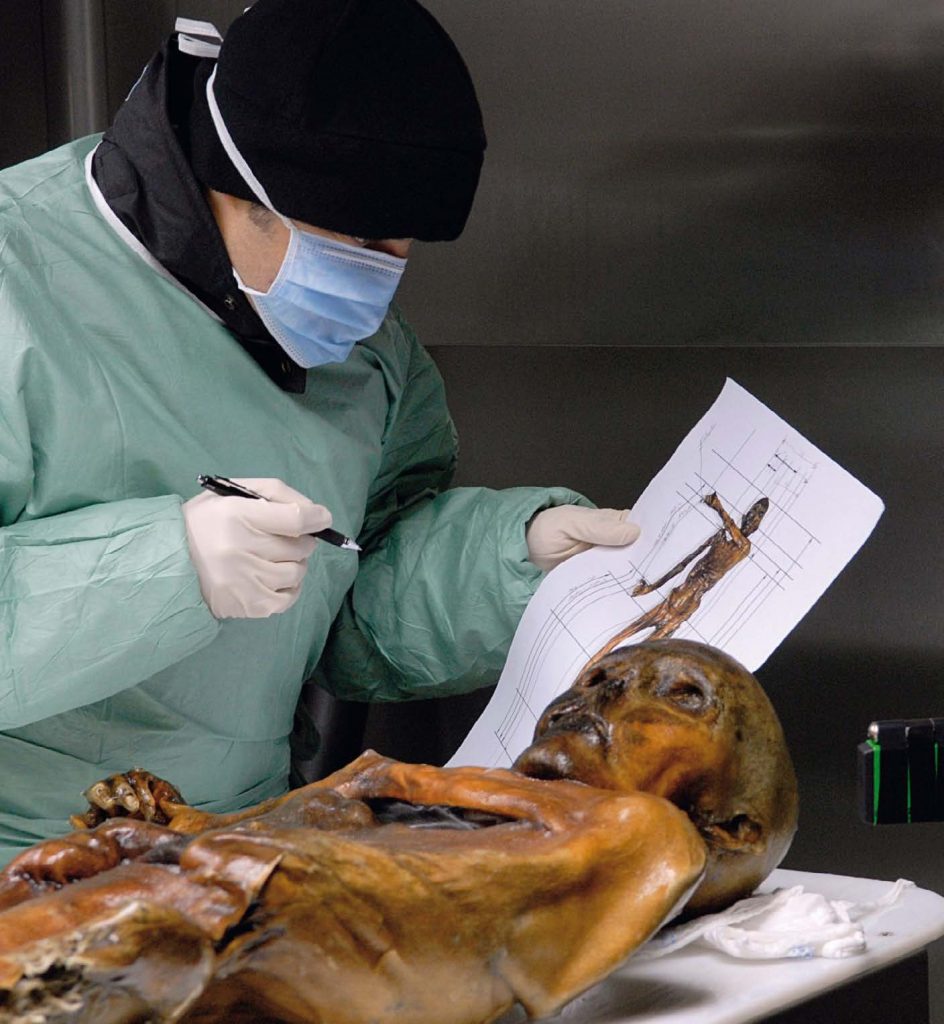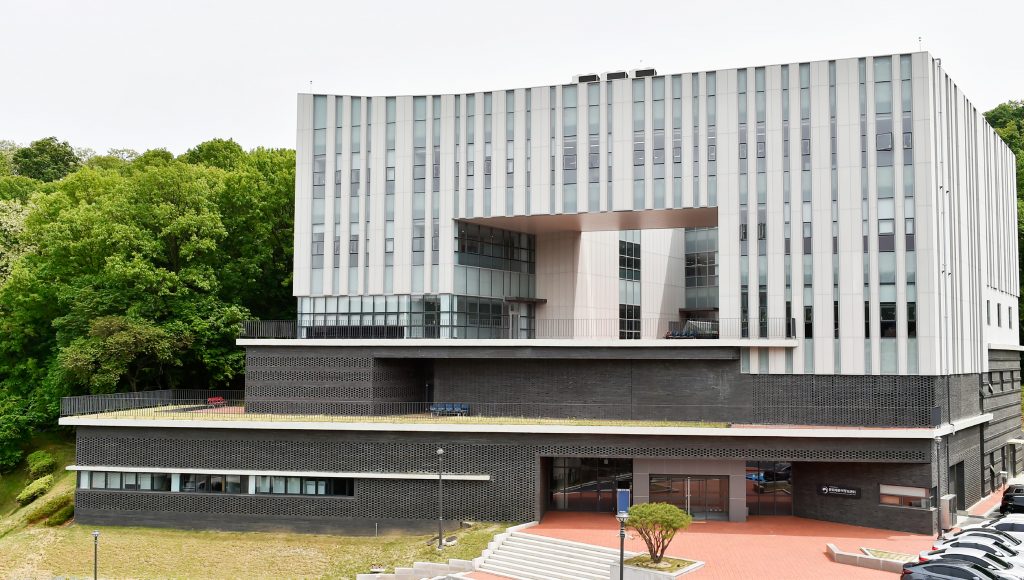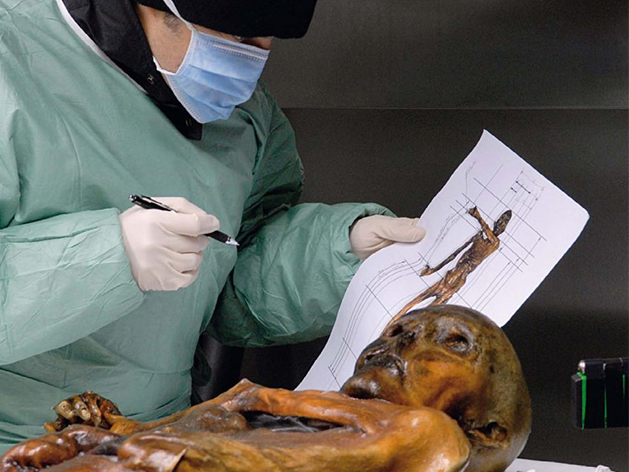High technologies that can accurately date ancient humans and archaeological materials bring new accuracy to archaeological dating
Conservation Science Division
SHIN Jiyoung


(Source: South Tyrol Museum of Archaeology /
Ochsenreiter)


(Source: South Tyrol Museum of Archaeology / EURAC / Samadelli / Staschitz)
In 1991, a German couple hiking the Alps stumbled across a frozen corpse in the Ötztal Alps along the Italy-Austria border. Initially thinking the body was that of a mountaineer who had died from an accident, the couple reported the discovery to both the Italian and Austrian police.
However, what they had actually stumbled upon was the oldest clothed mummy from the prehistoric period.


The mummy was named “Ötzi” after the site of its discovery. How did scientists find out when he died?
Researchers at the University of Oxford in the U.K. and the ETH Zurich in Switzerland performed radiocarbon dating using collagen extracted from Ötzi’s bones. This revealed that Ötzi had died around 3,300 BCE.
How can radiocarbon dating determine the period of people’s deaths? All living organisms absorb radiocarbon (14C) through photosynthesis, the food chain, and other means. While they are alive, radiocarbon is maintained in an equilibrium state, but once they die, radiocarbon begins to decay with a half-life of 5,730 years. As such, by measuring how much radiocarbon is left in remains, researchers can estimate how long someone has been dead. Radiocarbon dating can measure the age of organic matter (e.g. bones, wood, and fibers) that are up to 50,000 years old. A method known as accelerator mass spectrometry can be used for tracing the amounts of radiocarbon isotopes.
As the first step toward establishing the infrastructure for the dating of archaeological materials, the National Research Institute of Cultural Heritage (NRICH) is planning to establish an accelerator mass spectrometer and install it on the first floor of the new Cultural Heritage Analysis Information Center in 2021. Through continued partnerships with experts from relevant academic disciplines such as conservation science, archaeology, and physics, the NRICH will seek to raise the bar in accurate dating – the basis of cultural heritage research.








Leave a Reply